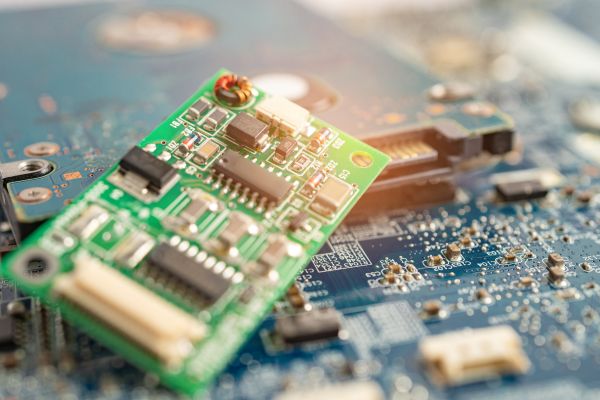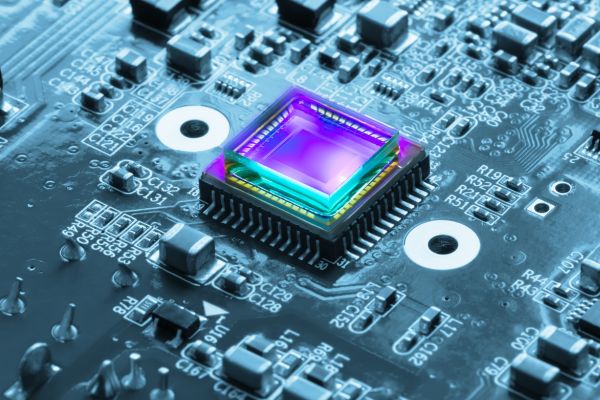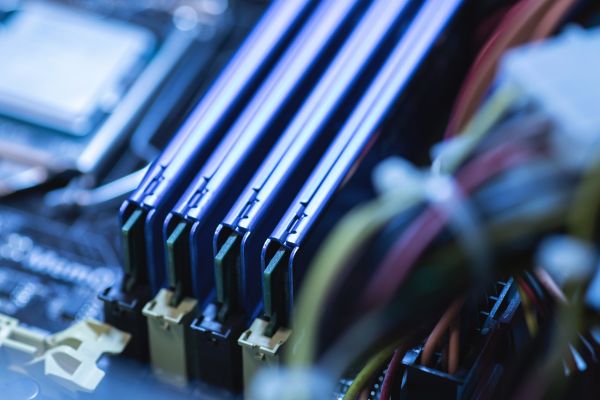3D Printer Everything You Need to Know Before Buying
THE 3D printer has revolutionized the way products are created, making it possible to manufacture customized objects in various areas, such as engineering, medicine, architecture and even in domestic production.
This innovative technology allows digital models to be transformed into physical items, providing practicality and precision in manufacturing.
If you want to better understand how it works, what are the main types available on the market and how to choose the best option for your needs, continue reading this complete guide.
What is a 3D Printer and How Does it Work?
THE 3D printer is a device capable of creating three-dimensional objects from a digital model. This process, known as additive manufacturing, builds items layer by layer, using materials such as plastic, resin, metal and even ceramic.
Basic operation involves the following steps:
- Creation of the digital model – The user draws an object in 3D modeling software such as AutoCAD, Fusion 360 or Tinkercad.
- Slicing – The model is converted into thin layers so that the printer can interpret and reproduce it.
- Print – The machine begins building the object, depositing material layer by layer until the final model is complete.
- Finish – After printing, some materials require additional treatments such as sanding, painting or UV curing.
Main Types of 3D Printers
Before investing in a 3D printer, it is important to know the different types available on the market. Each model has specific applications and uses different technologies to manufacture the objects.
1. FDM (Fused Deposition Modeling) 3D Printer
This is the most popular and affordable type of 3D printer. It uses a thermoplastic filament (PLA, ABS, PETG, etc.), which is melted and extruded layer by layer until the final object is formed.
Advantages:
- Lower cost
- Easy to operate
- Good for rapid prototyping
Disadvantages:
- Less detailed finish
- Need for support on some complex parts
2. SLA (Stereolithography) 3D Printer
This model uses a beam of ultraviolet light to solidify liquid resin in ultra-thin layers, creating objects with extremely high precision.
Advantages:
- Excellent level of detail
- Ideal for complex models and small parts
Disadvantages:
- Higher cost
- Need for post-processing (UV curing)
3. SLS (Selective Laser Sintering) 3D Printer
Unlike others, this type of 3D printer uses a laser beam to fuse powdered materials such as nylon and metal, creating extremely resistant objects.
Advantages:
- Production without the need for supports
- Highly resistant parts
Disadvantages:
- High cost of machine and materials
- Use more focused on industry
Main Applications of 3D Printer
THE 3D printer It is a versatile technology and can be applied in different segments. See some of the main areas that benefit from this innovation:
1. Engineering and Prototyping
Rapid prototyping for design and engineering testing reduces time and cost in product development.
2. Medicine and Dentistry
Prosthetics, dental implants and even artificial organs can be produced with high precision, revolutionizing medical treatments.
3. Architecture
Detailed building models can be created for realistic visualization of architectural designs.
4. Automotive Industry
Automotive parts can be produced on demand, making it easier to customize and maintain vehicles.
5. Home Use and Hobby
Many people use 3D printers to make toys, decorative objects and custom pieces.
How to Choose the Best 3D Printer for You?
If you want to purchase a 3D printer, some factors must be considered to ensure you choose the ideal model for your needs.
1. Purpose of Use
- For beginners and home use: FDM models are more affordable and easier to use.
- For detailed production: SLA printers offer superior quality.
- For industrial use: SLS printers are best suited.
2. Printing Material
Each printer uses different types of materials, the most common being:
- PLA – Easy to print, biodegradable and ideal for beginners.
- ABS – More resistant, but requires a heated table.
- PETG – Combines strength with ease of use.
- Liquid resin – Used in SLA printers for high accuracy.
- Metallic and nylon powders – Used in SLS printers for industrial parts.
3. Print Size
If you plan to print large objects, choose a printer with a suitable print volume. Smaller models are cheaper, but may limit your creativity.
4. Cost and Maintenance
In addition to the initial price of the printer, consider maintenance and materials costs. FDM printers tend to have lower operating costs than SLA and SLS models.
Tips for Improving 3D Printing Quality
To get the best results with your 3D printer, follow some good practices:
- Adjust the print bed correctly – Incorrect calibration may cause printing failures.
- Use good quality filaments and resins – Poor materials can compromise the durability and precision of the parts.
- Set the ideal temperature – Each material has a specific temperature to avoid deformation.
- Maintain your printer – Periodic cleaning and lubrication ensure a longer useful life for the equipment.
- Adjust the printing speed – For more detailed parts, reduce the speed to improve the finish.
THE 3D printer is revolutionizing several industries, becoming an indispensable tool for product innovation and customization.
With different technologies and applications, it is possible to find an ideal model for any need, from domestic use to industrial production.
If you want to enter the world of 3D printing, evaluate your needs, choose the right model and take advantage of all the possibilities of this incredible technology.
With this information, you are ready to make an informed decision and find the 3D printer perfect for your project!






